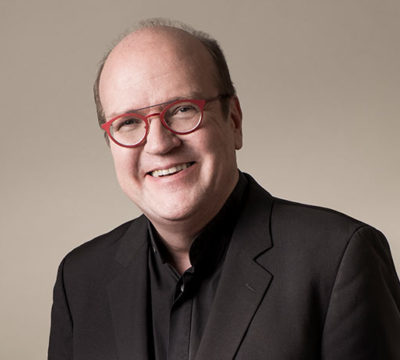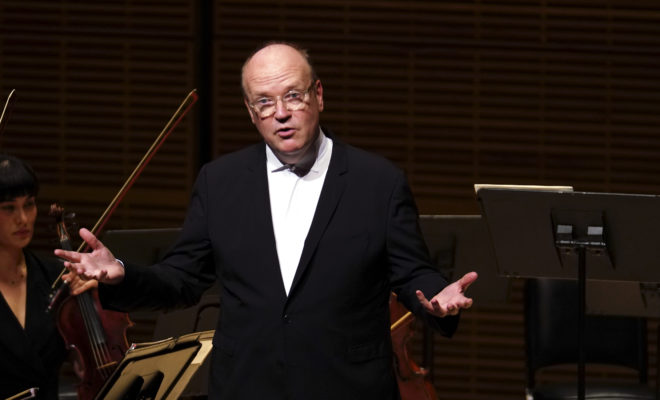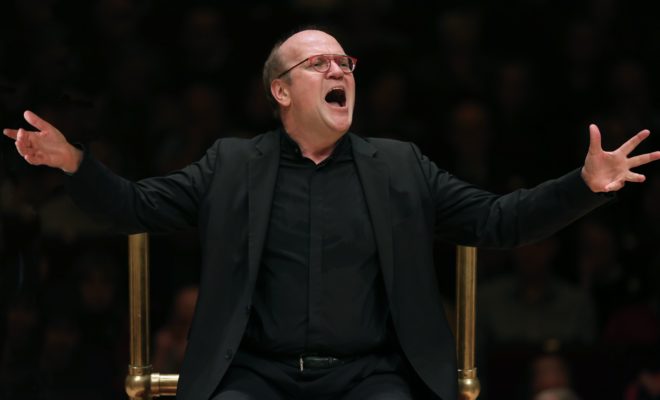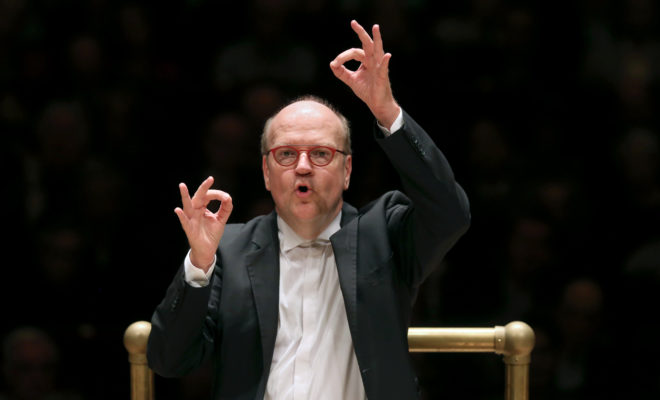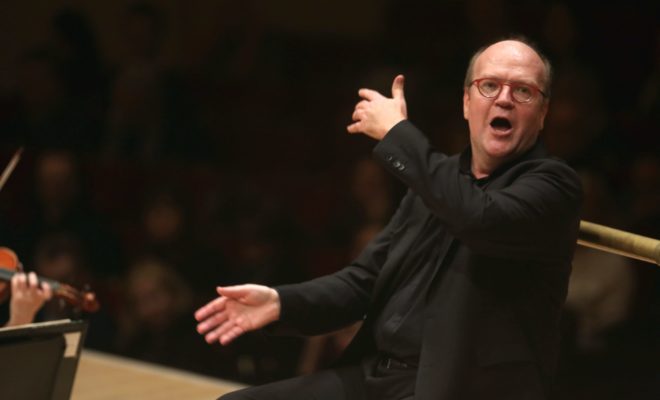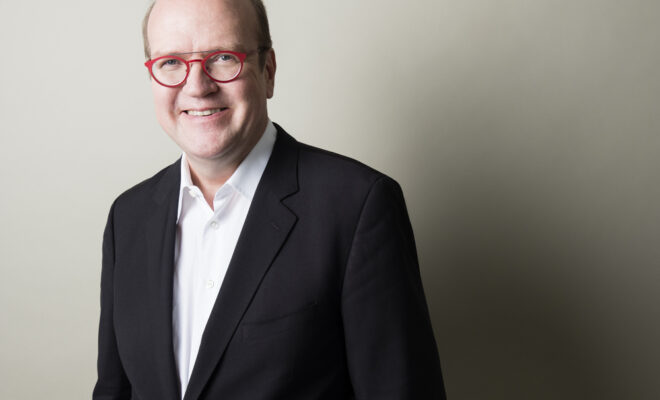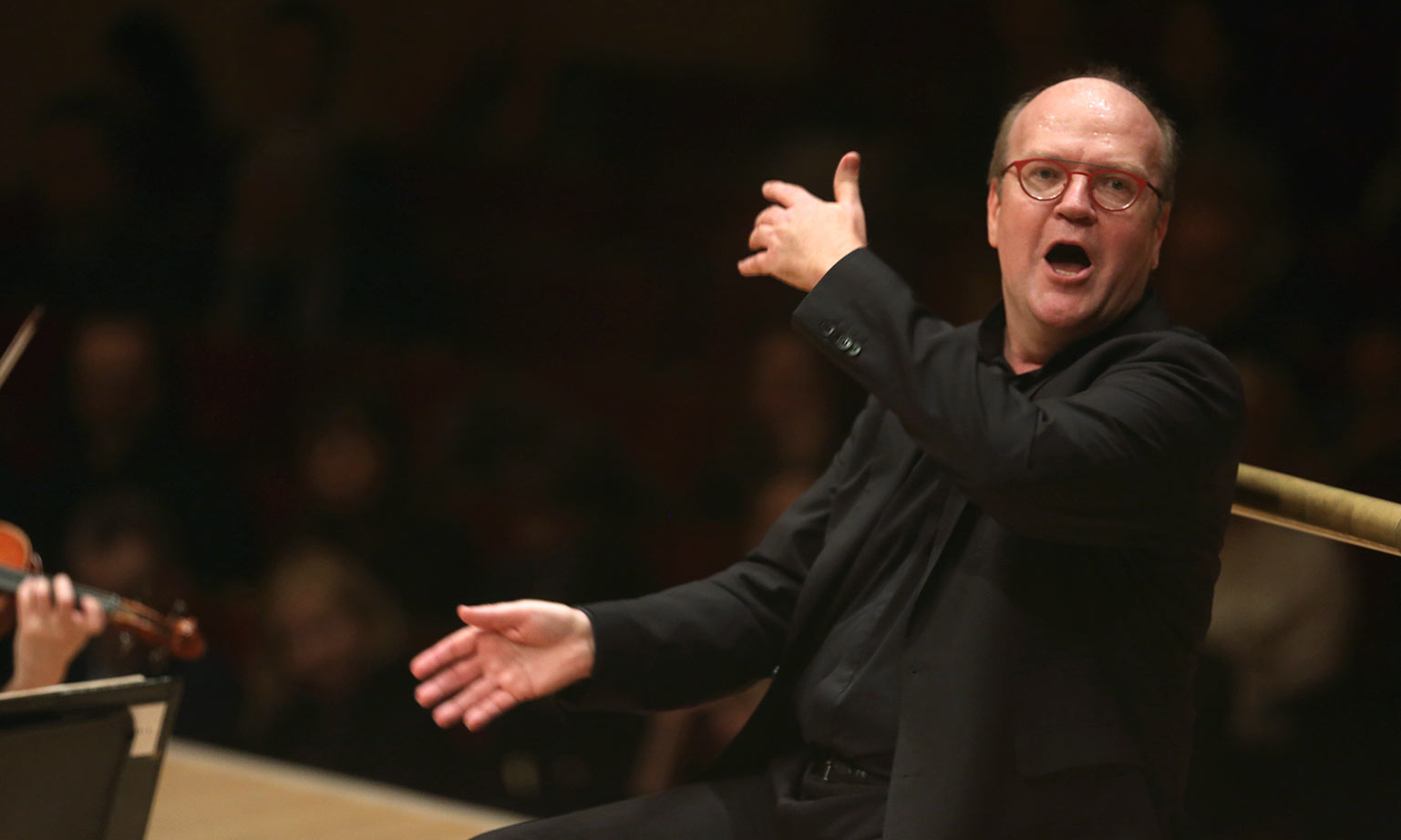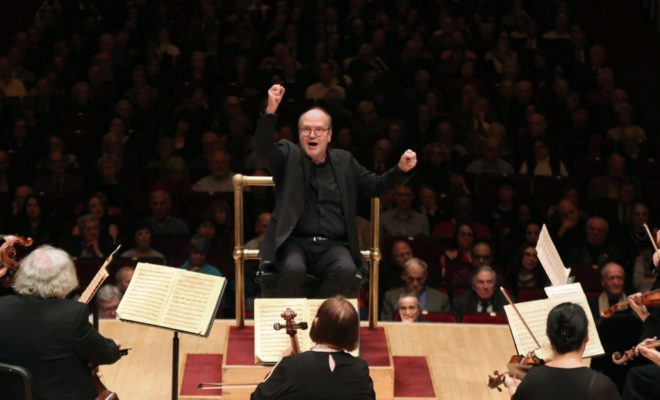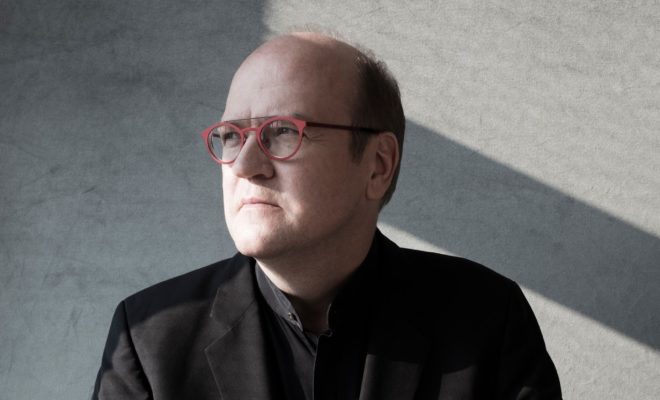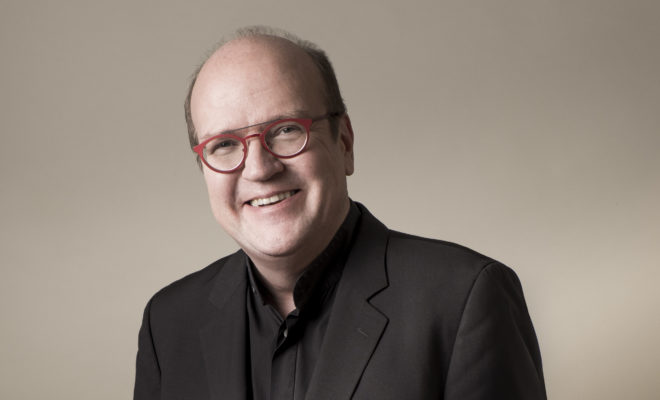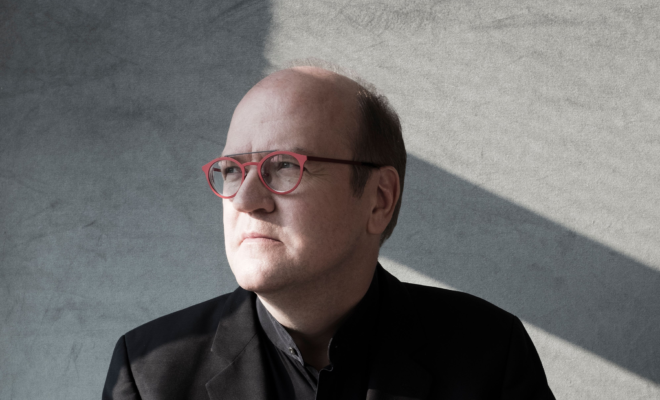In another essay I introduce the concept of parody, the process by which composers (Bach in particular) adapt a new text to preexisting music. Here I would like to explore with you another transformational process which was popular with 18th-century composers: the technique of pasticcio.
The Italian word pasticcio sounds very much like “pastiche” in English or French, but their respective meanings are slightly different.
“Pastiche” refers to an artwork (painting, sculpture, music, literature, etc.) created by borrowing stylistic features or elements of language from one or many other artists, to the extent that it can be seen or heard as the imitation of, or even confused with someone else’s work.
For instance, violists played for years a concerto in C minor supposedly composed by Johann Christian Bach which had been “rediscovered” by the French violist, composer and editor Henri Casadesus (1879-1947). Only after his death was it revealed that the work was a forgery penned by Casadesus himself, in a style supposedly similar to Bach’s youngest son’s (to our ears now it definitely sounds like a much later work).
Hector Berlioz had played a similar trick on his audience in 1850 when he presented a motet called L’Adieu des bergers (which would eventually be included in the oratorio L’Enfance du Christ), supposedly composed in 1679 by an imaginary maître de chapelle, Pierre Ducré. Berlioz invented a complicated story around the piece which according to him had been discovered in a hidden place behind a wall during the restoration of the Sainte Chapelle in Paris. The hoax was a complete success. Some critics even mentioned that this “old” music was actually much better than anything Berlioz could have composed himself… In both cases, these were quintessential pastiches.
In the 18th century however, it was common for composers to create new works by assembling different movements from different sources, sometimes by different composers. This is now known as a pasticcio. The idea of borrowing from someone else is common to both concepts, but in the case of the pasticcio, the different elements are not necessarily transformed or recreated; they are merely assembled side by side, creating a mosaic of pieces not originally intended to be presented together. “Hodge-podge”, “medley”, “potpourri” or “miscellany” are probably better translations for pasticcio.
Pasticcii (yes, that is the plural form) were a common resort for 18th-century composers having little time to create works of a certain length, mostly operas, oratorios or ballets. The practice was indeed widespread throughout Europe. Handel used it for a few operas, sometimes assembling different movements from previous works of his own, sometimes borrowing entire acts from other composers. Mozart composed many arias meant to be inserted in preexisting operas – these arias are now often misleadingly referred to as “concert arias”, but the term “insertion arias” is better suited.
The practice of pasticcio was also in use in German churches, and we owe to one of these hybrid works the rediscovery of what I consider to be a major masterpiece by Bach.
The case for attribution
Johann Christoph Farlau was a pupil of Johann Christoph Altnickol, who was in turn Bach’s son-in-law and one of his last pupils. Sometime around 1750, Furnau copied (with the help of one other unidentified hand) an oratorio called Wer ist der, die von Edom kömmt. It contains mostly music by Carl Heinrich Graun (1704-1759), who was probably responsible for putting most or all of the pasticcio elements together, mixing his own music with a few movements by Telemann and a few others possibly by Bach. Six other movements remain unknown in origin. However because of Farlau’s connection with Altnickol, it is believed that they may have been composed by the latter, but this is only speculation.
Speculations abound anyway about the whole piece, and while the origin of many of its movements has now been clearly established (most come from an oratorio by Graun, Ein Lämmlein geht und trägt die Schuld), there is still a lot of uncertainty about several of them. One is a motet with orchestra on the text Der Gerechte kommt um, which is an arrangement of an a cappella motet by Johann Kuhnau (Bach’s predecessor in Leipzig) known as Tristis est anima mea. This is one of the primary reasons why Bach has been associated with this piece.
Because there is no other independent source, and because Bach’s name appears nowhere, Der Gerechte kommt um has always been classified with the works of dubious origin in Bach’s catalogue. It does not have a BWV catalog number (“deest” in the reference “BWV deest” literally means “which does not exist” in Latin).
I have always been absolutely convinced that this arrangement of the Kuhnau motet is by Bach.
- The connection between Kuhnau and Bach as successive cantors in Leipzig is obvious, not to mention the fact they actually met in Halle in 1716.
- We know that Bach had a lot of Kuhnau’s music in his library. The Thomasschule library, full of Kuhnau’s music at the time of his death, would have been naturally made available to his successor. It only makes sense to assume that Bach had access to this piece and one can easily imagine him arranging it.
- I remind you the pasticcio is the only source available for Der Gerechte kommt um. We must also remember that one of the copyists of the pasticcio (Furlau) had a connection with Bach through his teacher (Altnickol), which explains the inclusion of Bach’s music in the mixed salad he contributed to copy.
- What speaks louder than anything in favor of Bach’s paternity is the intrinsic quality of the music and the nature of the arrangement itself. In order to demonstrate that, I offer you today both the original motet by Kuhnau and Bach’s arrangement thereof.
Kuhnau’s motet and Bach’s transformation
Tristis est anima mea by Johann Kuhnau is a five-part a cappella motet (with optional organ accompaniment) in the style of the old Renaissance masters like Orlando di Lasso. Bach’s early biographer Philipp Spitta (1841-1894) mentioned the piece in his book as an example of the quality of Kuhnau’s compositions.
Intended as the second responsory for the office of Maundy Thursday, the text is a reflection on Jesus’ agony at the Garden of Gethsemane. The first two lines come from the Gospel of Matthew, and the author of the other two is anonymous:
| My soul is sorrowful even unto death; |
| Stay you here, and watch with me. |
| Now ye shall see a multitude, that will surround me. |
| Ye shall run away, and I will go to be sacrificed for you. |
The music is rich with harmonic suspensions; it features a dramatic moment when, after a long pause, the choir comes back in homophony for the first time on the words Jam videbitus turbam (Now ye shall see a multitude).
Although there is nothing exceptionally original or striking about this piece, the voicing is very well designed, the structure is very tight, and it is as a whole very effective dramatically. These qualities were clear to Bach and one can easily understand the opportunity he saw in using it and expanding it for his own benefit.
In Bach’s hands, Kuhnau’s motet undergoes a complete transformation. First, he transposes the original piece from F minor to E minor. Second, he substitutes the Latin text with a much longer German text from the Book of Isaiah (57, 1-2) which is ideal for funeral purposes:
| The righteous perish, |
| And no one takes it to heart; |
| Men of good faith are swept away, |
| But no one cares. |
| The righteous are swept away before the onset of evil, |
| But they enter into peace; |
| They have run a straight course and rest |
| In their last beds. |
The change of text (the new German one being much longer than the original one in Latin) triggers a necessary rewriting of the vocal lines which Bach uses to his profit by spicing up the harmony with some extra suspensions and tensions.
Last but not least, he adds an orchestral accompaniment (two oboes, strings and continuo) that bears no connection to the texture of the original motet, but which literally builds a shrine around it. A constant pulse from the continuo line and the oboes in repeated notes gives the whole piece a processional feeling while the upper strings fill the harmony with rich sustained chords. Moreover, Bach adds an eight-bar orchestral introduction and an interlude of the same length in the middle; he does however keep the dramatic long pause near the end as it appears in Kuhnau’s original.
Unless you pay close attention, the original motet is in this new guise almost impossible to recognize; it has taken a life of its own and gained a different gravitas which naturally induces a slower tempo. A short piece of music definitely rooted in the late Renaissance has been transformed into a masterpiece of the high Baroque.
We have no idea for which occasion or when Bach arranged Kuhnau’s motet, but as it stands it presents in structure and nature a lot of similarities with the second version of the funeral motet O Jesu Christ, meins Lebens Licht BWV 118. Musicologists might still entertain some doubts about the paternity of the piece (it is after all their job to question), but in my mind there is absolutely no hesitation: this is genuine Bach at the highest level of inspiration.
When I heard Der Gerechte kommt um for the first time, I thought I was hearing the opening or closing chorus of a newly rediscovered Passion. Be careful: if you have never heard the piece before, it might have the same effect on you.
You have been warned.
Program
Johann Sebastian Bach
Ärgre dich, o Seele, nicht, BWV 186: Argre dich, o Seele, nicht (Chorus)
